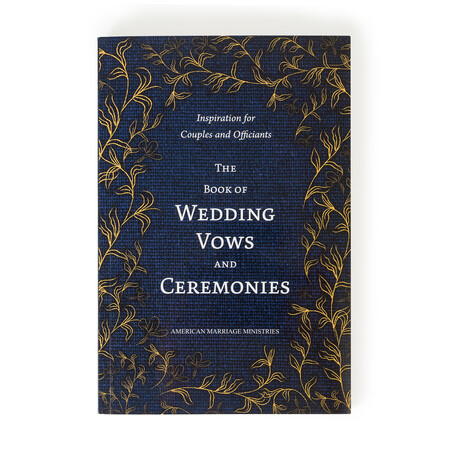Step 7 - Make The Ceremony Whole

Once you have given yourself some time to let your text "rest," it's time to get back to the grind.
In this step we will look at the ceremony as one continuous piece of writing. Make a copy of your ceremony and remove any section titles it has, such as "Invocation", "Declaration of Intent", etc. This copy of the ceremony should be a series of paragraphs with no obvious delineation between the sections.
The purpose here is to get a sense for how the ceremony feels as a whole. In the previous steps we tackled the ceremony as discrete pieces. Now we want to make sure that each piece transitions smoothly into the next.
Take this copy of the ceremony and read it to yourself. If something stands out, make a correction. Next, read the ceremony aloud. Again, make any necessary corrections. Repeat this process until you are satisfied that the ceremony feels like a singular body and not a bunch of paragraphs stitched together.
When you do this exercise you may notice that certain transitions, such as going from the Invocation to the Declaration of Intent may feel jarring. This would have been more difficult to notice when the ceremony was broken up into discrete sections.
Ultimately, a wedding ceremony script is one work composed of discrete parts. In step 4 we recommended writing the ceremony in sections to make the writing process more manageable. With those pieces written, you can now stitch them seamlessly together.





